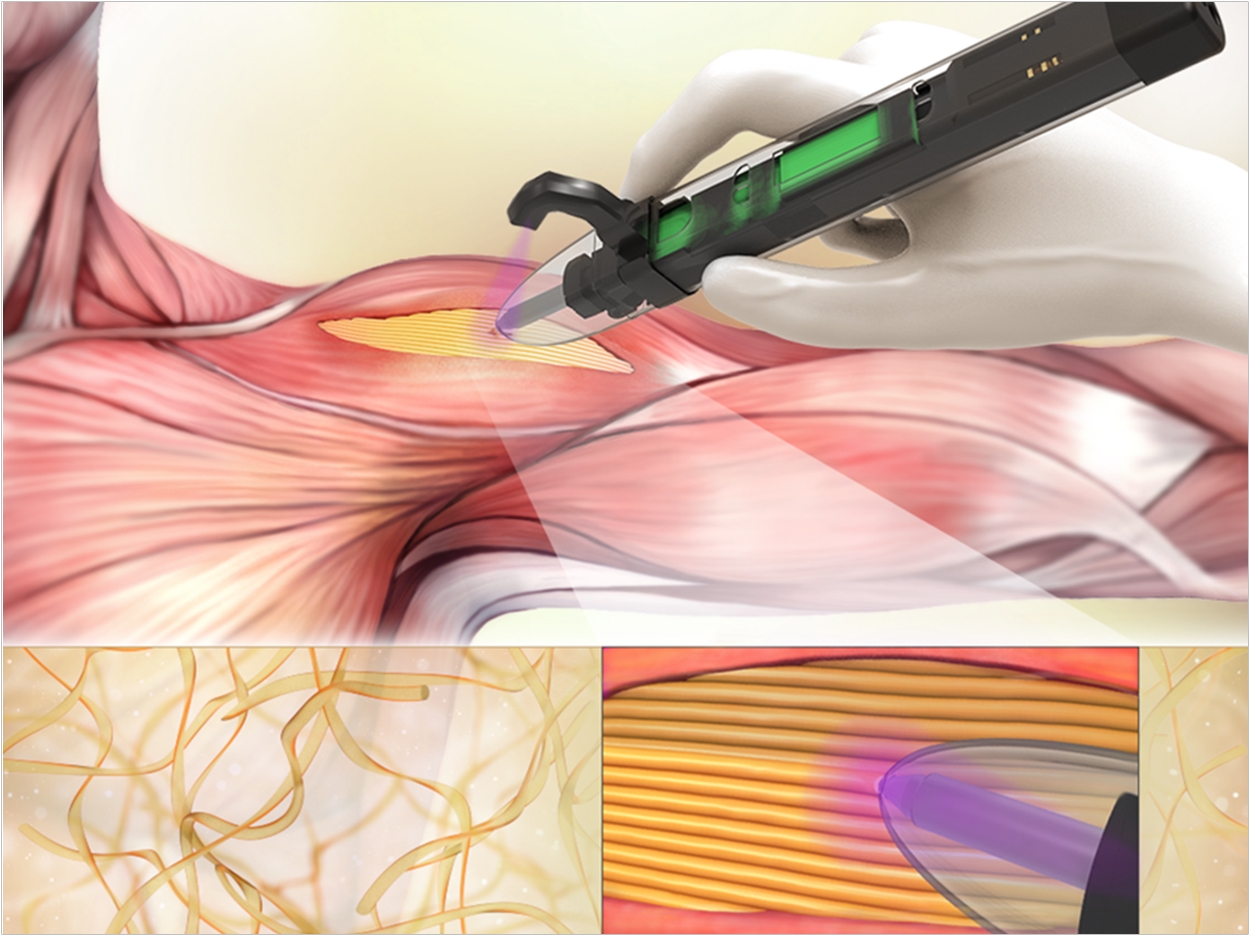
Biomedical engineers at the University of Connecticut School of Dental Medicine have developed a handheld 3-D bioprinter that they believe could revolutionize the way musculoskeletal surgical procedures are performed.
The bioprinter enables surgeons to deposit scaffolds, or materials to help support cellular and tissue growth, directly into defect sites with weakened skeletal muscles.
“The printer is robust and allows proper filling of the cavity with fibrillar scaffolds in which fibers resemble to architecture of the native tissue,” said Dr. Ali Tamayol, associate professor in the school’s biomedical engineering department and developer of the bioprinter.
The scaffolds from the bioprinter adhere precisely to the surrounding tissues of the injury and mimic the properties of the existing tissue, eliminating the need for any suturing, the engineers said.
Current methods for reconstructive surgery largely have been inadequate in treating volumetric muscle loss, the engineers added. As a result, they said, 3-D printing technology has emerged as an up and coming solution to help reconstruct muscle.
A “good solution currently does not exist for patients who suffer volumetric muscle loss,” said Dr. Indranil Sinha, a plastic surgeon at Brigham and Women’s Hospital at Harvard, who joined Tamayol in the study.
“A customizable, printed gel establishes the foundation for a new treatment paradigm can improve the care of our trauma patients,” said Sinha.
Existing 3-D bioprinting technology is not without its problems, the engineers said. Implanting the hydrogel-based scaffolds successfully requires a very specific biomaterial to be printed that will adhere to the defect site. While 3-D printed scaffolds mimicking skeletal muscles have been created in virto, they have not been successfully used on an actual subject.
The new 3-D printer fixes the problem, the engineers said. It prints gelatin-based hydrogels known as bioink that have proven to be effective in adhering to defect sites of mice with volumetric muscle loss injury. The mice showed a significant increase in muscle hypertrophy following therapy.
“This is a new generation of 3-D printers that enables clinicians to directly print the scaffold within the patient’s body,” said Tamayol. “Best of all, this system does not require the presence of sophisticated imaging and printing systems.
Tamayol and Sinha have filed a patent on the technology for the treatment of musculoskeletal injuries. Also, Tamayol recently developed a “smart bandage” to help care for people with chronic wounds.
The study was published by the American Chemical Society journal.
Related Articles
Grant to Fund Research into Bioprinting Face, Mouth, and Skull Tissues
3-D Printed Implants Help Grow Real Bone
Scaffold Technology Improves Craniofacial Bone Regeneration


